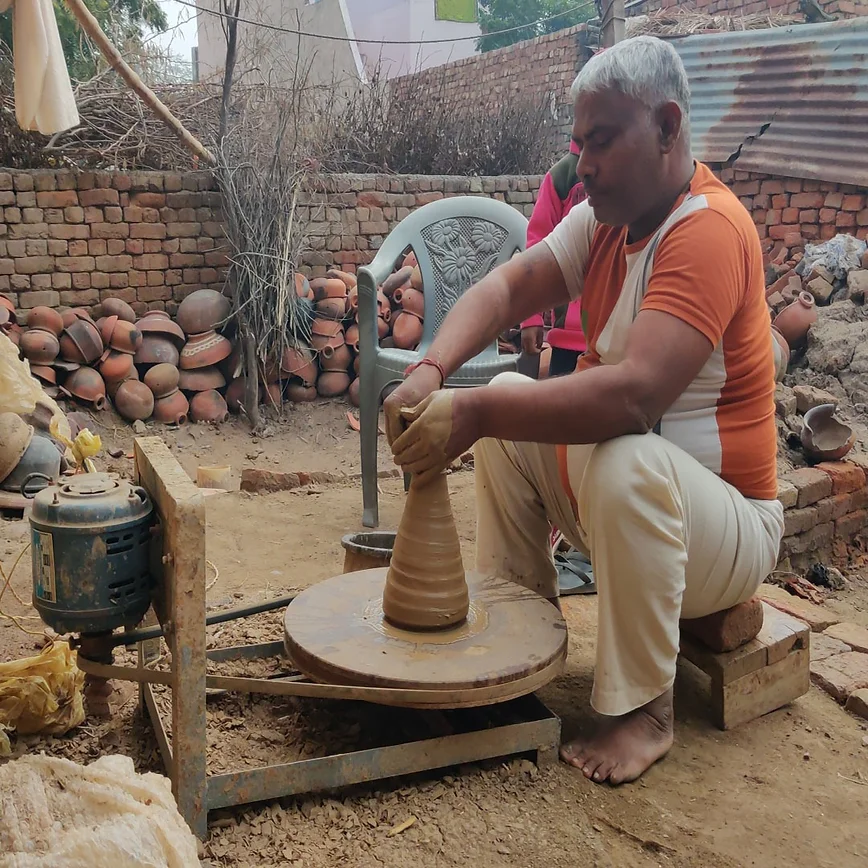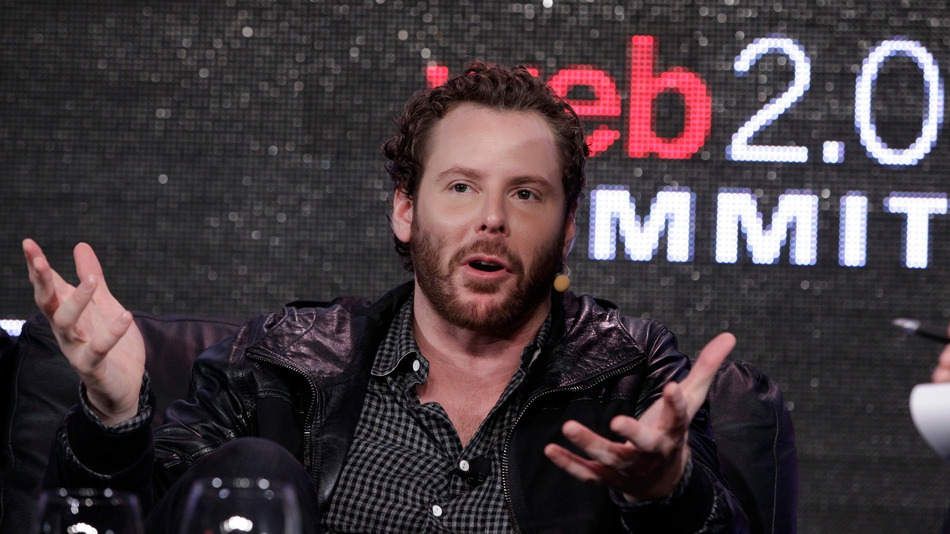Government Grants
Business Grants
Home Owner Programs
Federal Programs
About Us
Science and Technology for Autonomous Teammates (STAT)
The objective of Science and Technology for Autonomous Teammates (STAT) program is to develop and demonstrate autonomy technologies that will enable various AF mission sets.
This research will be part of Experimentation Campaigns in:
1 -Multi-domain Command and Control; 2-Intelligence, Surveillance, Recognizance (ISR) Processing Exploitation and Dissemination (PED); and 3- Manned-Unmanned combat Teaming to demonstrate autonomy capabilities to develop and demonstrate autonomy technologies that will improve Air Force operations through human-machine teaming and autonomous decision-making.
The technology demonstrations that result from this BAA will substantially improve the Air Force's capability to conduct missions in a variety of environments while minimizing the risks to Airmen.
The overall impact of integration of autonomous systems into the mission space will enable the Air Force to operate inside of the enemy’s decision loop.
STAT will develop and apply autonomy technologies to enhance the full mission cycle, including mission planning, mission execution, and post-mission analysis.
Particular areas of interest include multi-domain command and control, manned-unmanned teaming, and information analytics.
The technology demonstrations that result from this BAA will substantially improve the Air Force's capability to conduct missions in a variety of environments while minimizing the risks to Airmen.
The overall impact of integration of autonomous systems into the mission space will enable the Air Force to operate inside of the enemy’s decision loop.
This effort plans to demonstrate modular, transferable, open system architectures, and deliver autonomy technologies applicable to a spectrum of multi-domain applications.
Development efforts will mature a set of technologies that enable airmen to plan, command, control, and execute missions with manageable workloads.
The software algorithms and supporting architectures shall:
• Ingest and understand mission taskings and commander’s intent • Respond appropriately to human direction and orders • Respond intelligently to dynamic threats and unplanned events Chosen technologies will be open, reusable, adaptable, platform agnostic, secure, credible, affordable, enduring, and able to be integrated into autonomous systems.
The program will be comprised of various technologies developed by AFRL and Industry, integrated into technology demonstrations and deliverables with all the necessary software, hardware, and documentation to support AFRL-owned modeling and simulation environments for future capability developments.
Thus, all technology development efforts must adhere to interface designs and standards.
This research will be part of Experimentation Campaigns in:
1 -Multi-domain Command and Control; 2-Intelligence, Surveillance, Recognizance (ISR) Processing Exploitation and Dissemination (PED); and 3- Manned-Unmanned combat Teaming to demonstrate autonomy capabilities to develop and demonstrate autonomy technologies that will improve Air Force operations through human-machine teaming and autonomous decision-making.
The technology demonstrations that result from this BAA will substantially improve the Air Force's capability to conduct missions in a variety of environments while minimizing the risks to Airmen.
The overall impact of integration of autonomous systems into the mission space will enable the Air Force to operate inside of the enemy’s decision loop.
STAT will develop and apply autonomy technologies to enhance the full mission cycle, including mission planning, mission execution, and post-mission analysis.
Particular areas of interest include multi-domain command and control, manned-unmanned teaming, and information analytics.
The technology demonstrations that result from this BAA will substantially improve the Air Force's capability to conduct missions in a variety of environments while minimizing the risks to Airmen.
The overall impact of integration of autonomous systems into the mission space will enable the Air Force to operate inside of the enemy’s decision loop.
This effort plans to demonstrate modular, transferable, open system architectures, and deliver autonomy technologies applicable to a spectrum of multi-domain applications.
Development efforts will mature a set of technologies that enable airmen to plan, command, control, and execute missions with manageable workloads.
The software algorithms and supporting architectures shall:
• Ingest and understand mission taskings and commander’s intent • Respond appropriately to human direction and orders • Respond intelligently to dynamic threats and unplanned events Chosen technologies will be open, reusable, adaptable, platform agnostic, secure, credible, affordable, enduring, and able to be integrated into autonomous systems.
The program will be comprised of various technologies developed by AFRL and Industry, integrated into technology demonstrations and deliverables with all the necessary software, hardware, and documentation to support AFRL-owned modeling and simulation environments for future capability developments.
Thus, all technology development efforts must adhere to interface designs and standards.
Obtain Full Opportunity Text:
http://www.grants.gov
Additional Information of Eligibility:
This NOFO is for a continuation of an existing program.
The City of Houston Mayor’s Office of Public Safety and Homeland Security, is eligible to apply for this STC Program Continuation Award.
Full Opportunity Web Address:
Contact:
Agency Email Description:
Agency Email:
donald.parks.3@us.af.mil
Date Posted:
2017-07-07
Application Due Date:
2023-07-07
Archive Date:
2023-07-08
Social Entrepreneurship
Spotlight
Reviving Ancient Indian Art Forms – Empowering Artisans Towards Entrepreneurship

Rivaayat is an initiative by Shri Ram College of Commerce, Delhi to revive various dying art form and solve innumerable problems faced by the artisans. Rivaayat began with reviving a 20,000-year-old art form of pottery that is a means of survival for 600 families residing in Uttam Nagar, Delhi.

